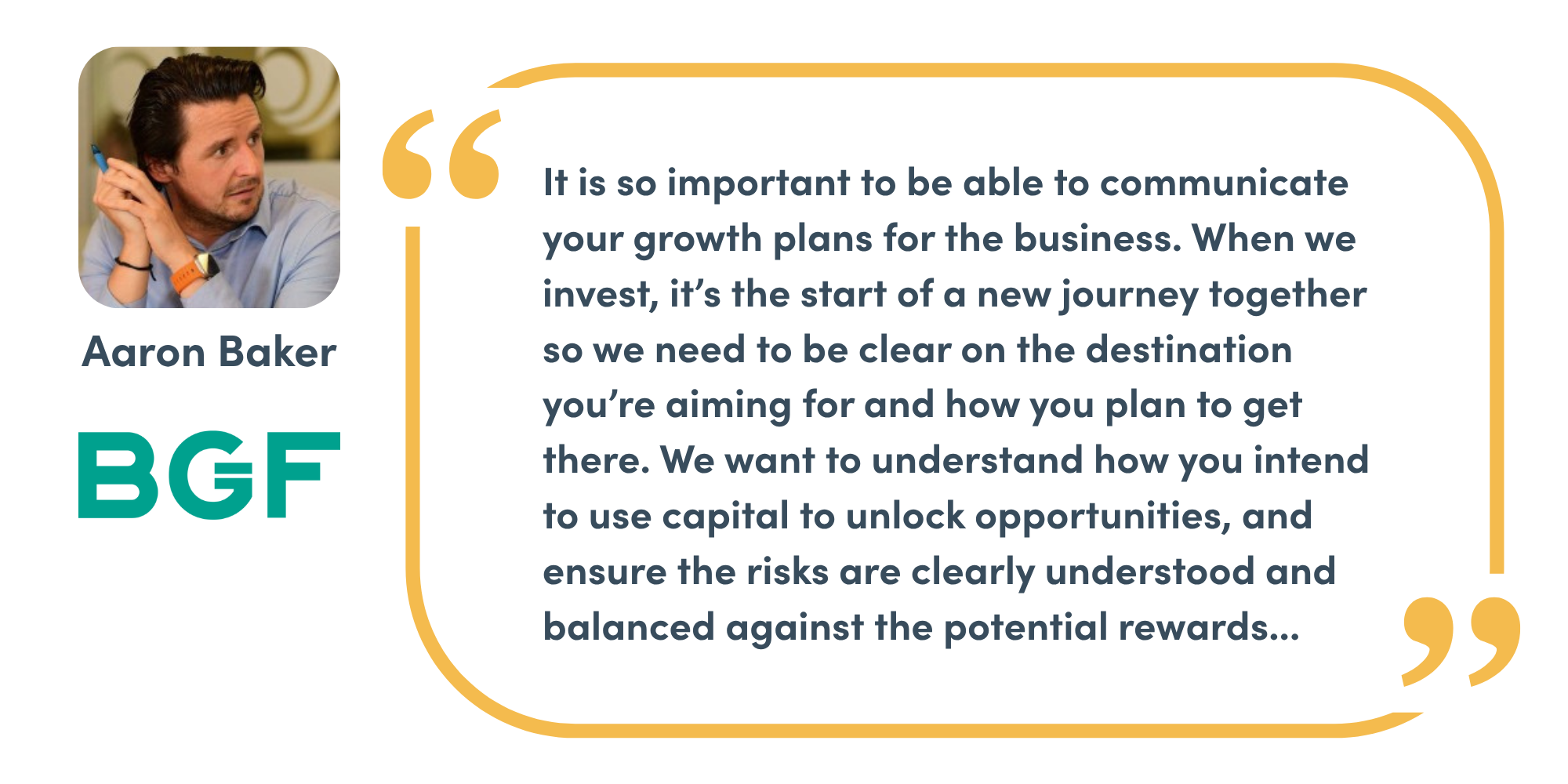…organic vs. acquisition and funding your next steps
Ambitious business owners want to grow. But what’s the best way to get there?
The way you approach your company’s growth will determine the resources you need, the risks you’re willing to take, and the long-term impact on your business.
Some businesses grow organically, by advancing operations, increasing sales, and reinvesting in their own success. Others take a more strategic leap and bolster through acquisition by purchasing a competitor or complementary business. Both have their place, but knowing which one suits your business (and how to fund it) is essential.
Before selecting a route, take the time to evaluate your business’s capacity for growth. Ask yourself; can my team and systems handle rapid expansion, or is steady scaling a better fit for us?
No matter what the growth strategy, some form of funding will be required. This can be internal funding from the business itself, third party funding from debt lenders or equity investors, or possibly grant funding.
Route 1: Organic growth
This strategy focuses on strengthening and growing your existing business – expanding product lines, improving efficiencies, or reaching new customers and end-markets.
The pros:
- It’s lower risk; your business growth is controlled and steady
- Major upfront investment isn’t always necessary, but if new capacity or manufacturing growth is needed, investment in staff or capital equipment may be required
- It strengthens your internal foundation
The cons:
- It can take longer to achieve significant growth; patience and consistency are key here
- It may require ongoing reinvestment (both capital, for items such as increased production capacity, and for working capital requirements)
Your funding options:
- Business loans for equipment or expansion
- Retained earnings reinvested into operations
- Asset finance for purchasing machinery or technology
Route 2: Growth through acquisition
Acquiring another business can fast-track expansion, capture new customers, acquire new capabilities, and gain market share quickly.
The pros:
- Immediate increase in revenue and your customer base
- It can be more cost-effective than building from scratch (particularly taking into account the cost of time)
- Potential synergies; cutting costs by combining operations
- It can take a competitor out of the market
The cons:
- It does require funding and thorough due diligence
- Careful consideration is required to ensure the act of acquiring another business aligns with your strategic aims
- Post-acquisition integration is often overlooked; teams, customers, suppliers, cultures, and ICT systems will all need to be integrated and made to run as part of a larger organisation
Your funding options:
- Equity backing
- Business acquisition loans from third party debt funders
- Vendor financing (where the seller helps finance the deal – often using the cashflows of the target business to pay out the seller’s consideration)
Investor spotlight
Aaron Baker, an Investor at BGF, shares an overview of his thoughts on what makes an attractive investment opportunity, covering shared vision, ambition, people, and growth strategy.


